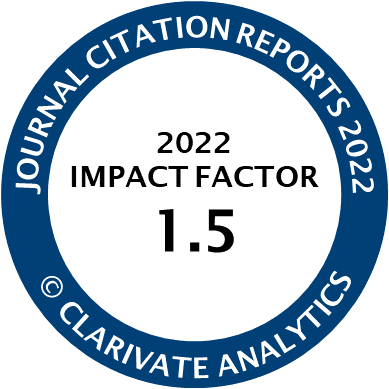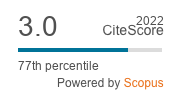Article | Open Access
Place Narratives and the Experience of Class: Comparing Collective Destigmatization Strategies in Two Social Housing Neighborhoods
| Views: | 2440 | | | Downloads: | 1687 |
Abstract: A growing body of literature has investigated the various ways in which residents of stigmatized neighborhoods respond to and cope with stigmatization. However, these approaches have fallen short in tackling the question of how particular places shape responses to stigmatization. In this article, I take seriously the question of context and, based on a comparative ethnography of two social housing neighborhoods in Finland, show how residents in similar social structural positions differed in terms of the cultural milieus they inhabited, presenting them with different cultural resources for dealing with stigmatization. In the article, I suggest that non-recognition is an understudied but significant consequence of stigma related to social housing neighborhoods. Further, I suggest that depending on the historical and cultural context of the neighborhood, different destigmatization strategies are employed when residents face non-recognition. My data shows that locally lived collective place narratives informed residents’ experiences of class: In one neighborhood, the defining element of the locally acknowledged place narrative was class struggle, whereas in the other it was middle-class aspiration. These narratives served as building blocks for their destigmatization strategies.
Keywords: class; culture; destigmatization; ethnography; housing; non-recognition; place narrative; social housing; stigma; territorial stigma
Published:
© Lotta Junnilainen. This is an open access article distributed under the terms of the Creative Commons Attribution 4.0 license (http://creativecommons.org/licenses/by/4.0), which permits any use, distribution, and reproduction of the work without further permission provided the original author(s) and source are credited.




